Ivor Lewis procedure (also known as a gastric pull-up) is a type of esophagectomy, an upper gastrointestinal tract operation performed for mid and distal esophageal pathology, usually esophageal cancer.
Due to the necessity of removing a significant length of the esophagus, the stomach is "pulled up" into the thoracic cavity. The resulting appearances can be striking on chest x-ray, with an appearance mimicking achalasia.
On this page:
Procedure
-
laparotomy
stomach and esophagus mobilized
"gastric tube" may be formed
abdominal lymphadenectomy
possible pyloroplasty/pyloromyotomy (not practised by all surgeons)
-
right thoracotomy
esophagus and adjacent tissue removed en bloc
mediastinal lymphadenectomy
stomach (or gastric tube) pulled into the chest and anastomosed with the more proximal esophagus
The conduit is usually paravertebral but may be substernal or right paratracheal.
Potential advantages over the McKeown procedure are lower rates of stricture, leak, recurrent laryngeal nerve palsy, and aspiration 2.
Minimally invasive Ivor Lewis esophagectomy (MI-ILE) is an alternative for open method which discusses its clinical outcomes, and introduces the robotic approach in MI-ILE. MI-ILE has demonstrated postoperative outcomes and it has shown potential to reduce blood loss and length of hospitalization as compared to open surgery.
Radiographic features
Plain radiograph
-
tubular paramediastinal structure
extending from cardiophrenic angle to thoracic inlet
may have air-fluid level
-
evidence of right-sided thoracotomy
rib deformity
suture material or mediastinal surgical clips
absent stomach bubble
History and etymology
The distinguished Welsh surgeon Ivor Lewis (1895-1982) first described his procedure in the Hunterian Oration at the Royal College of Surgeons in 1946 3,5.
Differential diagnosis
The imaging differential diagnosis includes:


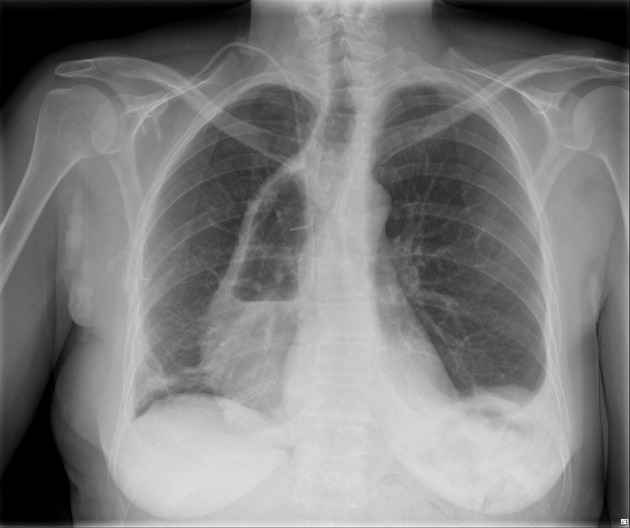
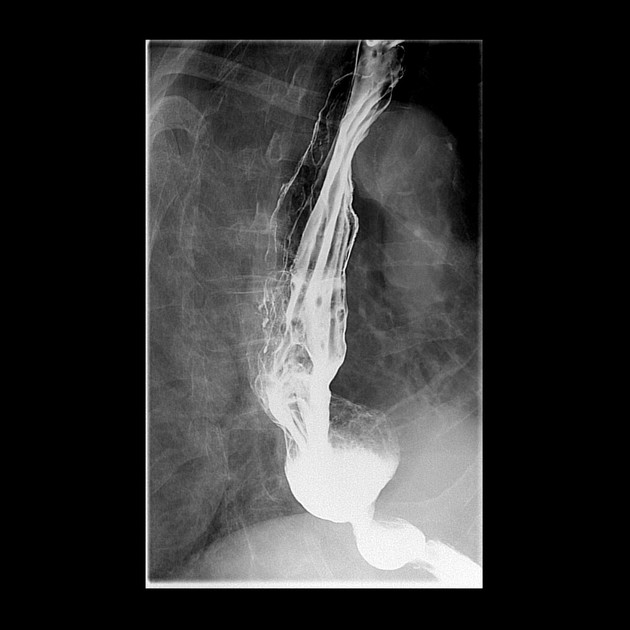
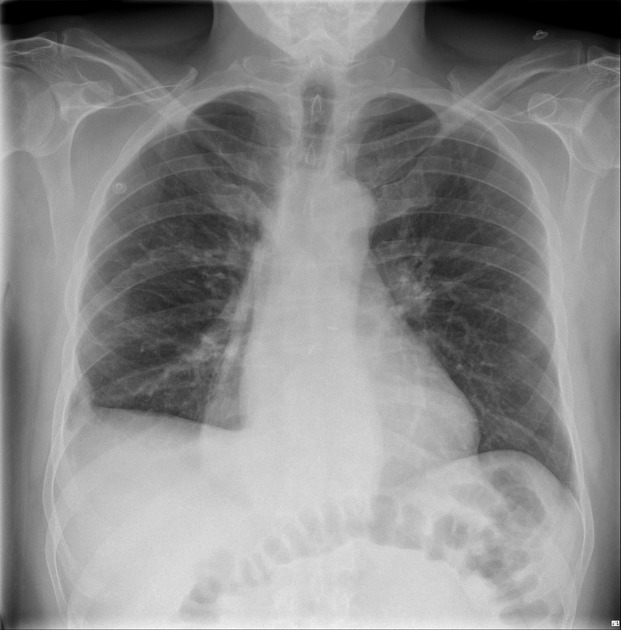
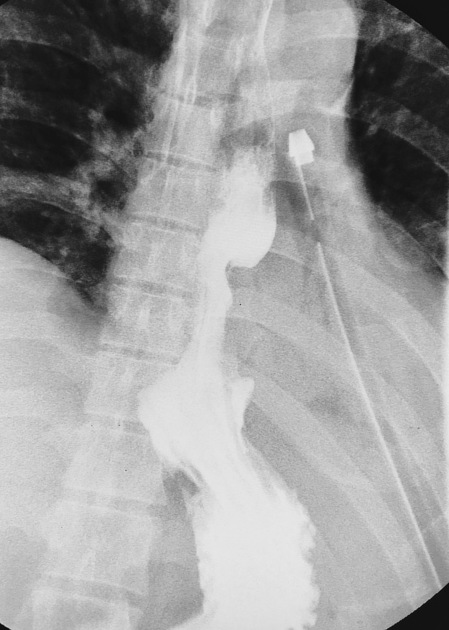
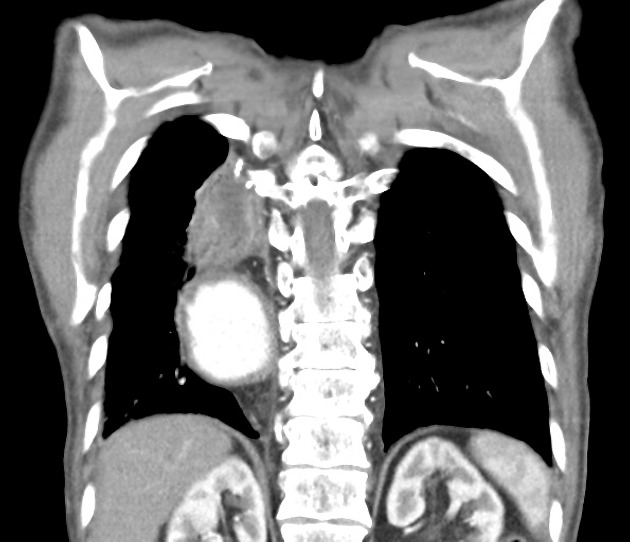
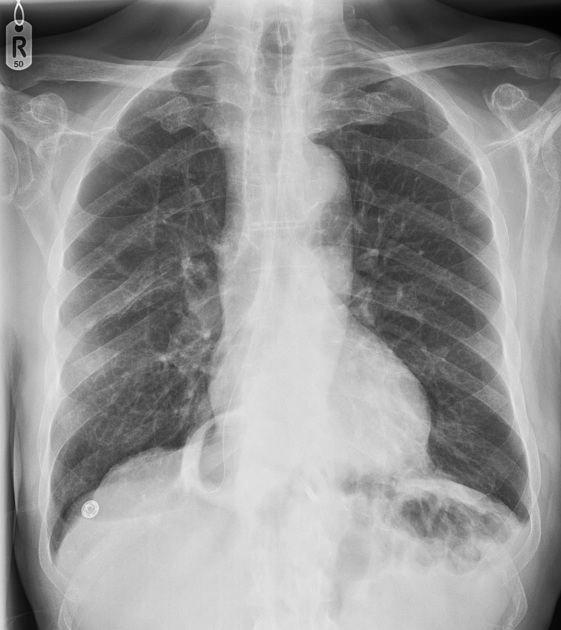
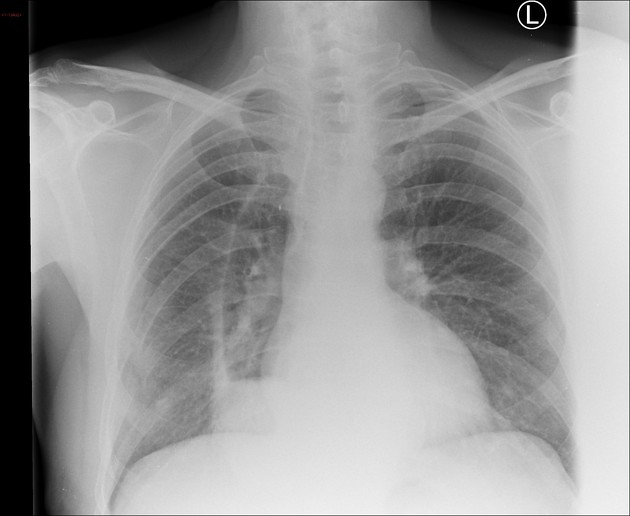
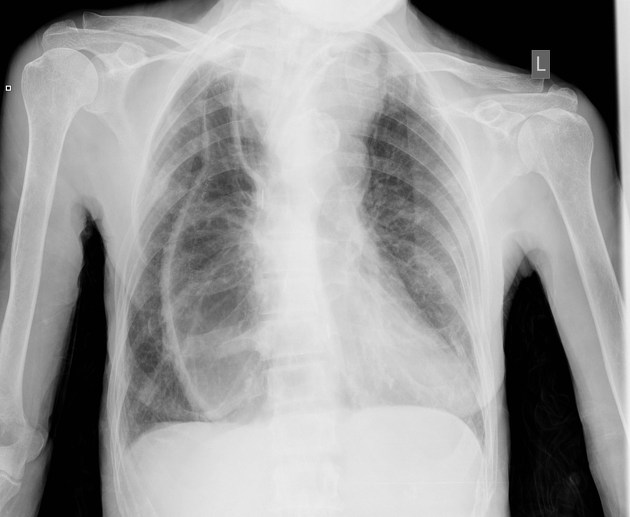
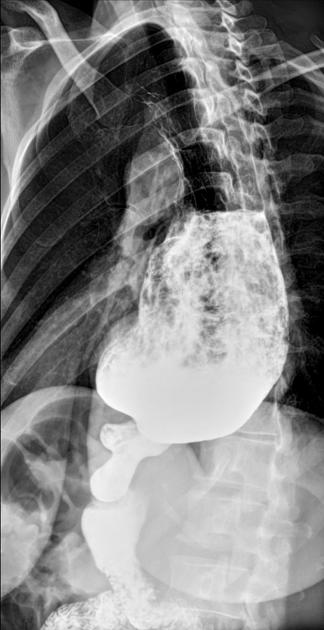

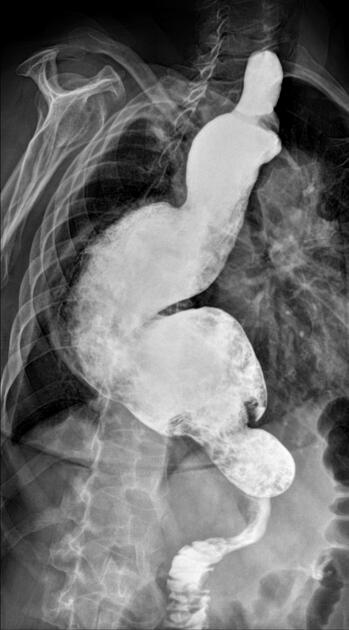
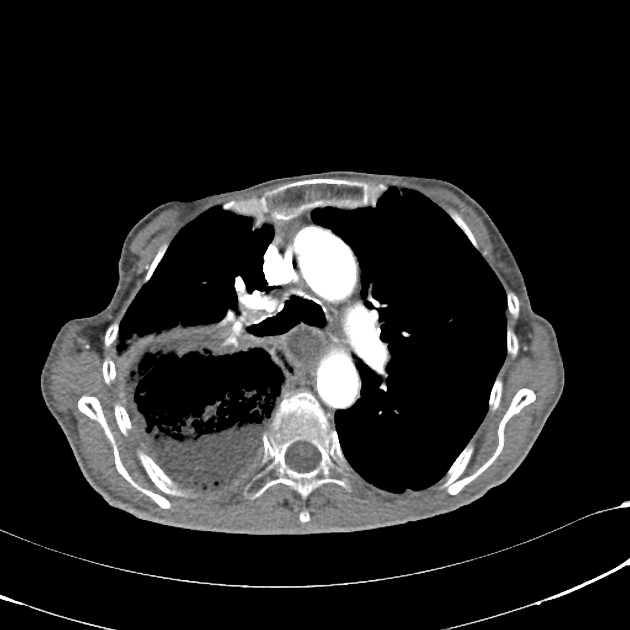


 Unable to process the form. Check for errors and try again.
Unable to process the form. Check for errors and try again.